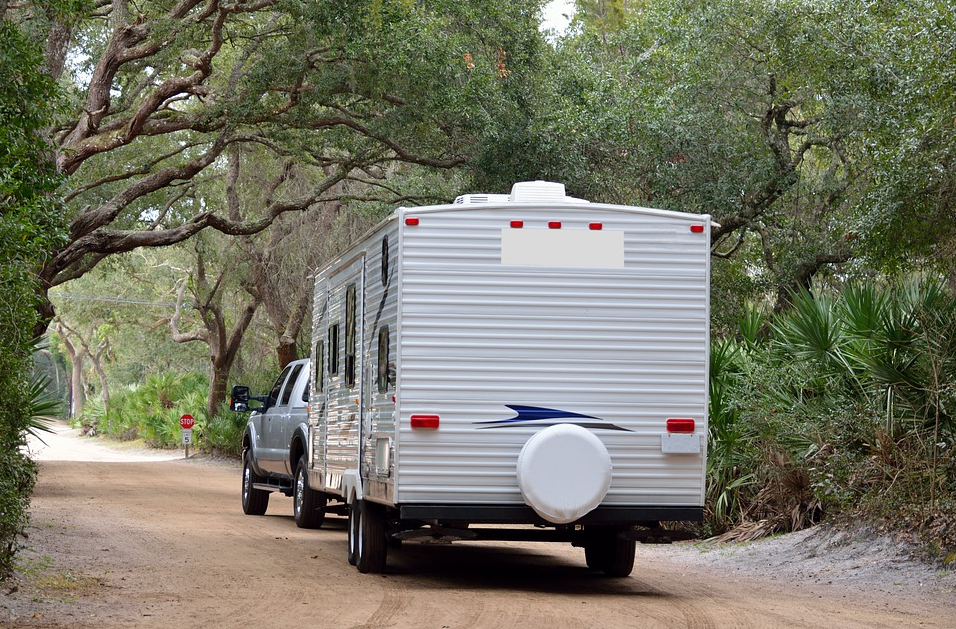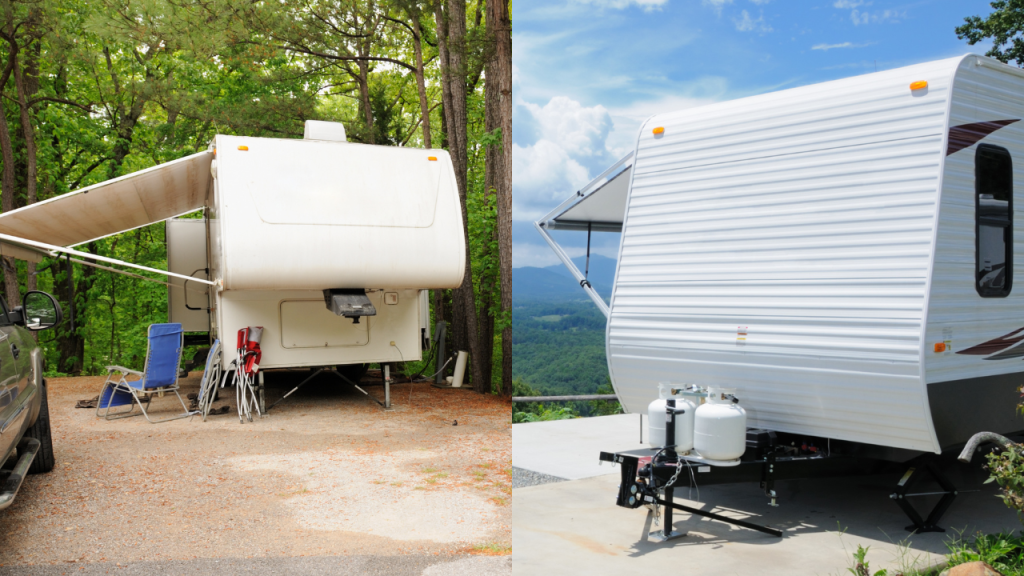ഫെബ്രു . 16, 2025 07:33 Back to list
5th wheel dump trailer
Mastering the art of coupling and uncoupling a trailer is an essential skill for anyone involved in transportation or logistics. This task, while seemingly straightforward, requires a meticulous approach and understanding to ensure safety and efficiency. For experienced drivers, it becomes second nature; however, for the uninitiated, a single misstep can lead to costly and dangerous consequences. Here’s a comprehensive guide to performing this task with grace and precision.
1. Preparation for Uncoupling Park on level ground, ensuring the trailer brakes are set or the wheels are chocked. Verify that the towing vehicle is in park with the parking brake engaged. 2. Disconnecting the Electrical and Chains Detach the trailer’s electrical connector and safety chains. Store these components neatly to prevent damage and ensure they’re ready for the next use. 3. Unlocking the Hitch Release the trailer’s coupler lock, using the recommended tool for your specific hitch type, if necessary. This process varies slightly between hitch types, but generally involves a handle or release button. 4. Raising the Trailer Tongue Use the trailer jack to lift the trailer tongue until it’s clear of the tow ball. Be cautious to ensure the ground beneath the jack is stable to prevent tipping or rolling. 5. Inspect and Secure After uncoupling, secure the trailer by setting the stabilizer jacks and applying wheel chocks. Perform a post-operation inspection to check for signs of wear or damage to the components involved in the process. The Importance of Training and Experience While coupling and uncoupling may seem routine, taking this procedure seriously is crucial. Investing in proper training and repetitive practice underpins effective and safe operations. Experienced operators understand the nuances of different hitch types and are adept at recognizing potential issues early, further cementing their reliability in the field. Conclusion An effective coupling and uncoupling process is rooted in an understanding of your equipment, a disciplined approach to safety, and continuous learning. By diligently following these detailed steps and maintaining your equipment, you ensure not only the safety of your cargo but also exhibit professionalism and care in your operations. Consistent adherence to these guidelines promotes reliability and trustworthiness, essential factors in the world of logistics and transportation.


1. Preparation for Uncoupling Park on level ground, ensuring the trailer brakes are set or the wheels are chocked. Verify that the towing vehicle is in park with the parking brake engaged. 2. Disconnecting the Electrical and Chains Detach the trailer’s electrical connector and safety chains. Store these components neatly to prevent damage and ensure they’re ready for the next use. 3. Unlocking the Hitch Release the trailer’s coupler lock, using the recommended tool for your specific hitch type, if necessary. This process varies slightly between hitch types, but generally involves a handle or release button. 4. Raising the Trailer Tongue Use the trailer jack to lift the trailer tongue until it’s clear of the tow ball. Be cautious to ensure the ground beneath the jack is stable to prevent tipping or rolling. 5. Inspect and Secure After uncoupling, secure the trailer by setting the stabilizer jacks and applying wheel chocks. Perform a post-operation inspection to check for signs of wear or damage to the components involved in the process. The Importance of Training and Experience While coupling and uncoupling may seem routine, taking this procedure seriously is crucial. Investing in proper training and repetitive practice underpins effective and safe operations. Experienced operators understand the nuances of different hitch types and are adept at recognizing potential issues early, further cementing their reliability in the field. Conclusion An effective coupling and uncoupling process is rooted in an understanding of your equipment, a disciplined approach to safety, and continuous learning. By diligently following these detailed steps and maintaining your equipment, you ensure not only the safety of your cargo but also exhibit professionalism and care in your operations. Consistent adherence to these guidelines promotes reliability and trustworthiness, essential factors in the world of logistics and transportation.
Previous:
Next:
Latest news
-
Heavy-Duty 5th Wheel Bumper Kit | Protect & Add Storage
NewsAug.27,2025
-
Durable Semi Trailer Kingpin Plate Replacement for Safety
NewsAug.26,2025
-
Germany Type Suspension: Heavy-Duty, Reliable for Trucks & Trailers
NewsAug.25,2025
-
Heavy-Duty 5th Wheel Hitch for Sale - Secure Your Towing!
NewsAug.24,2025
-
Durable Germany Type Suspension for Heavy Duty Trucks & Trailers
NewsAug.23,2025
-
American Type Welding Suspension Series: Strong, Reliable Hooks
NewsAug.22,2025
